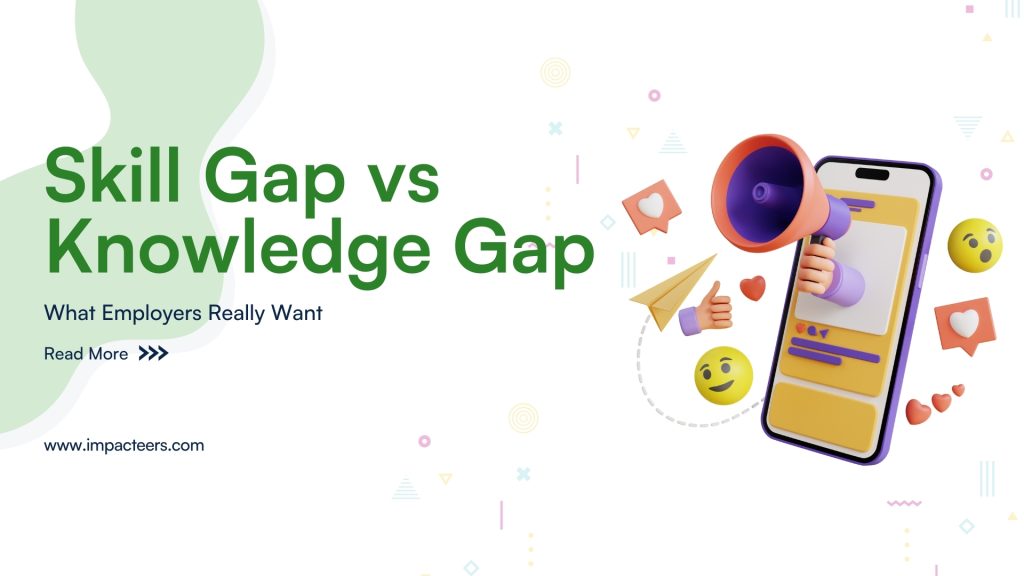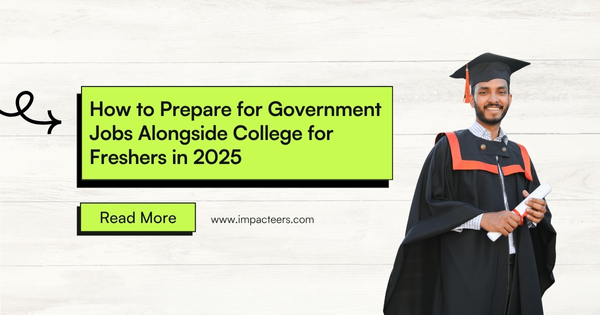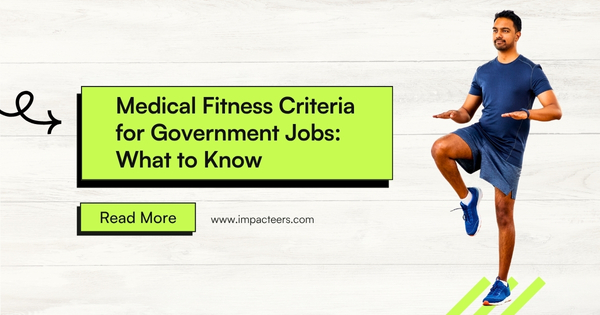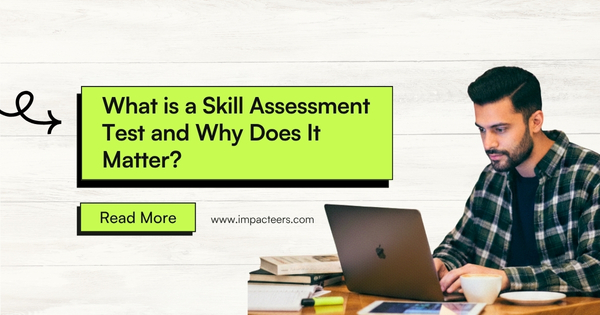In today’s workplace, employers look beyond book knowledge—they want candidates who can do, think, communicate, and manage time well.

This blog explores the difference between a skill gap and a knowledge gap, and reveals what employers really want, drawing on engineering, communication, and self‑management examples. We’ll explain how skill assessment tests, LinkedIn strategies, and Impacteers Skill Assessment can help bridge both gaps.
Visit Us >>> https://www.impacteers.com/home
1. Introduction
Employers today seek more than just degrees or certificates. They want team members who can apply learning, think critically, manage tasks, communicate clearly, and handle real challenges. The difference between knowledge gap and skill gap matters because they require different fixes. Let’s unpack these and see how Impacteers Skill Assessment can help.
2. What Is a Knowledge Gap?
A knowledge gap is a missing understanding in a field. For instance:
- A candidate knows core engineering concepts but isn’t familiar with the latest standards.
- A project manager understands project phases but lacks knowledge of Agile or Scrum frameworks.
Knowledge gaps are about lacking theoretical or informational content. They can be filled by reading, training, or formal learning.
3. What Is a Skill Gap?
A skill gap means lacking ability to execute a task, even if you know how it works. Examples:
- You know communication theories but struggle to explain ideas clearly in meetings.
- In engineering, you understand process flows but cannot use tools or design circuits correctly.
- You know time management concepts but miss deadlines or multitask poorly.
Skill gaps are about doing and performing. They need practice, feedback, and real-time practice—not just reading.
4. Why Employers Care: Knowledge vs Skill
Employers care about both, but often value skill more:
- They assume knowledge can be taught through training.
- Skill gaps, like weak communication or poor process thinking, are harder to fix quickly.
- Employers want candidates who can step in, communicate, manage self, and deliver results.
Thus, candidates with minimal knowledge gaps but strong skills often outperform richly knowledgeable ones with weak execution.
5. How Employers Measure Gaps
Employers use several tools to assess both types of gaps:
- Assessment tests: Many firms use technical questions, simulations, or scenario‑based coding tests for engineering.
- Behavioral interviews: They ask how you handled past challenges to reveal communication, management, and process‑thinking skills.
- LinkedIn profiles and samples: They look at posts, project descriptions, endorsements to assess how you think and present your work.
- Time/Task assignments: Trial tasks or probation periods test your process, time management, and self‑learning abilities.
6. Engineering Example: Process and Think Skills
Consider a candidate for an engineering role:
- They know engineering theory but fail to plan tests, document bugs, or think through edge cases. That’s a skill gap in process‑oriented thinking.
- If they don’t know key standards or tools like CAD, that’s a knowledge gap.
- Employers often design skill assessment tests that mimic real‑world engineering tasks: debugging code, designing systems, following process flow.
These tests can reveal both knowledge and skill. Yet the ability to think through a problem, plan your process, and manage time under pressure often matters most.
7. Communication and Management Skills
Communication is a frequent skill gap:
- Technical employees may know content but fail to explain complex ideas to non-technical stakeholders.
- They may understand management theory but not handle team conflicts or feedback effectively.
Here, employers use role‑play, presentation tasks, or case studies in interviews to check communication and management skills. They ask for real scenarios, time-bound tasks, and follow‑up questions that test thinking and clarity.
8. The Role of Time Management and Self‑Learning
Modern workplaces change fast. Employers want individuals who can manage time, self-motivate, and learn independently:
- They look for evidence you thought through a process, managed test deadlines, or self‑learned a new tool.
- Self‑learning shows you can fill your own knowledge gaps.
For example, a candidate might say: “I used free online courses to learn Python, then applied it to a side project in six weeks.” This shows process, self‑management, and bridging a knowledge gap proactively.

9. Skill Assessment Tests: A Game Changer
Skill assessment tests evaluate both knowledge and ability. They go beyond multiple choice:
- They simulate real tasks (coding, designing, writing).
- They measure time management — even how quickly you produce answers.
- They assess communication and process thinking: tests may prompt you to write explanations, document steps, or self‑assess.
Employers use tests to reduce guesswork, ensuring candidates have minimal knowledge gaps and strong working skills. They may use platforms like Impacteers, HackerRank, or others. But Impacteers Skill Assessment stands out because it:
- Focuses on hands‑on tasks that mirror real company challenges.
- Gives clear feedback on skill gaps, with suggestions for improvement.
- Measures time, answers quality, and explains weak points.
Candidates can understand what employers want and improve before interviews.
10. How LinkedIn and Profiles Reflect Gaps
Your LinkedIn presence can signal both gaps:
- If you say you “think like an engineer” but post no process‑oriented articles, it’s a skill gap.
- If your skill endorsements show strong communication, project management, and skills relevant to your role — even if you lack some technical knowledge — you look promising.
- Sharing posts that explain a recent test result or how you solved a problem demonstrates self‑management, engineering thinking, and communication.
Employers often cross‑check your LinkedIn profile to see if your real skills match your resume and test results.
11. Why Impacteers Skill Assessment Makes a Difference
Here’s why employers and candidates both benefit from using Impacteers:
| Candidate Benefit | Employer Benefit |
| Clear feedback on where knowledge gap vs skill gap lies | Objective test results on assessment test performance |
| Opportunity to self‑assess and fill gaps before interview | Fast screening using consistent metrics |
| Demonstrates time management and real-life task skills | Reduces risk of hiring someone who can’t do as expected |
Impacteers helps candidates present themselves better on LinkedIn and in interviews by highlighting real skills, not just theoretical knowledge.
12. Strategies to Bridge Gaps as an Employee
Here’s how employees can reduce both gaps:
- Take skill assessment tests (like Impacteers) to know weak areas.
- Practice real-world tasks: code sample projects, write project reports, do mock communication presentations.
- Manage time with self‑tests under deadline pressure.
- Join LinkedIn groups, post about your process, share how you think and solve.
- Learn networking, attend webinars, ask mentors to review your process.
Use the test feedback to target learning—if your assessment shows a communication gap, work specifically on that.
13. How Employers Can Support Employees
Employers should:
- Use skill-assessment tests at hiring to find both knowledge and skill gaps.
- Provide training on weak areas, not just theory.
- Encourage employees to self-manage learning, take tests and share progress.
- Recognize that knowledge can be caught up, but skill needs practice with feedback loops.
Conclusion
- A knowledge gap is missing information or theory; a skill gap is missing ability or execution.
- Employers value skill highly—they can train knowledge faster than skills like communication, engineering process, or time management.
- Skill assessment tests reveal both gaps and give structured feedback.
- Impacteers Skill Assessment offers real simulation tests that help both candidates and employers bridge gaps effectively.
- Presenting strong skill performance — through testing, LinkedIn activity, or project outcomes — makes a difference.
Employers want people who can think, communicate, manage time, and deliver. Use tools like Impacteers to assess, improve, and showcase your real-world skills, even if you still have some chatter in knowledge.
Learn More >>> https://www.impacteers.com
About Us >>> https://blog.impacteers.com/
Frequently Asked Questions (FAQs)
Q: What is the main difference between skill gap and knowledge gap?
A: A knowledge gap is missing understanding or information, while a skill gap is missing ability or execution. Knowledge gaps can often be filled by study, whereas skill gaps require practice, testing, and feedback.
Q: How can employers find out if candidates have skill gaps?
A: They use skill assessment tests—including technical simulations, scenario-based questions, communication tasks, and timed assignments—to reveal both knowledge and skill gaps.
Q: Can a LinkedIn profile help bridge a skill gap?
A: Yes. Sharing posts about how you approached problems, showing project outcomes, and highlighting communication or management skills can demonstrate real skill and thinking, not just knowledge.
Q: What kind of skill assessment test does Impacteers offer?
A: Impacteers provides real-world simulation tests where candidates perform tasks under time limits, explain their process, and get feedback on both skill gap and knowledge gap, helping them improve.
Q: How should I use test results from Impacteers to improve?
A: Review the feedback to identify weak areas. If your test shows weak communication, practice presentations. If there’s a technical gap, study specific topics, then retake assessments to track progress.



Post Comment